
“In my view, the role of a mobiliser should be renamed as “Chief Impression Officer”, or “Chief Influencing Officer”, as it is a very strategic role”, says Mr. Bhaskar Natarajan, Professional Certified Coach (PCC), Head – Programme Execution, Tata STRIVE.
To understand the role of a mobiliser, the skills that are required, how to build their capacities, and how critical is the role of a mobiliser in the entire value of skilling, we conversed with Mr. Bhaskar Natarajan, Professional Certified Coach (PCC), Head – Programme Execution, Tata STRIVE.
Learn about Tata STRIVE courses and its initiatives in skill development – https://nationalskillsnetwork.in/tata-strive/
Read on to know more or you can also watch the video interview on our YouTube channel.
Q: Who is a mobiliser? What are some of the qualities and attributes of a mobiliser?
A: A mobiliser in the skill development ecosystem is someone who goes into the community and becomes a key influencer. Mobilisers help the youth and their parents, with awareness on what kind of career opportunities are out there.
They provide information on what kind of courses would be suitable for them, how they can benefit from attending this training programme happening in their training institute. They also give confidence on placements after the completion of the course.
This is a very strategic role. In my view, it should be renamed as “Chief Impression Officer”, or “Chief Influencing Officer”. They are the ones who impress upon the youth, the need for certification and skill training. These are the youth who are socially and economically deprived, who might not have done academically well, and the ones who would benefit from short-term skilling.
When it comes to a mobiliser’s educational qualification, they could be from social work background, with a bachelor’s degree in any stream, have a passion to interact with youth, and help them in making a career choice.
Due to lack of talent in tier 2 and tier 3 areas, organizations go with whoever they find for this role. They advertise and speak to the individual candidates, whoever is showing a potential to speak in front of strangers with confidence, gets selected.
Q: How can we groom mobilisers to have the qualities of an influencer?
A: First quality is to have curiosity. Mobilisers have to be data-centric and be able to connect the dots, be humane, empathetic, anticipate the questions from the youth and parents.
Parents play an important role because, in India, career decisions are taken in consultation with them. Gender is another area where mobilisers have to be sensitive. For instance, the needs of women candidates, what could be their objections to joining a training programme must be taken into consideration. One of the biggest stumbling blocks a mobiliser face is conversion to enrolment.
Second, mobilisers should know how to handle technology and use mobile apps, online forms to collect data. During the pandemic, it became more important to be tech-savvy. They have to be very transparent with the team they work with.
Mobiliser has to be transparent on what is possible and what is not possible. Based on this, the Centre Manager, Project Manager, Regional Head, Operations Head, and the CEO, all would be able to make the right commitments to their Funders.
Many organisations do not give that kind of respect mobiliser deserves. This is a key element on the human side of it. Both components of earning the respect and giving respect are critical. Earning respect would mean the ability to predict the enrolments, the ability to influence, making sure they are comfortable with digital tools, etc.
Mobilisers have to work closely in a team. They also need to know how students are performing after the enrolments. He/she is also responsible to sort out any challenges that arise along with the trainer.
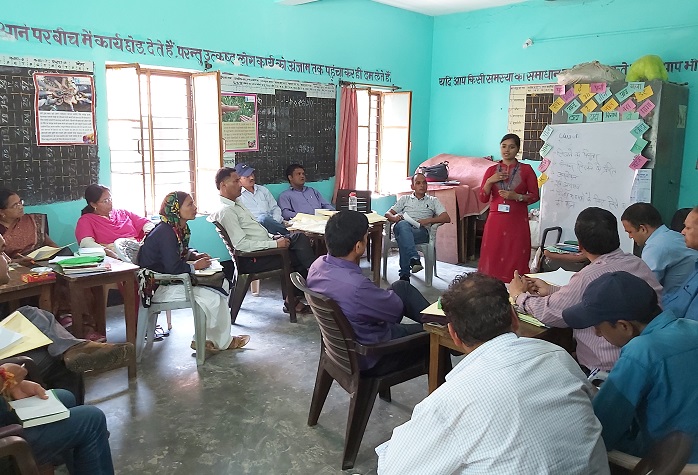
Q: Please tell us about the convincing power of mobilisers and how they are setting the right expectations among the parents?
A: At Tata STRIVE, we have various touchpoints to ensure this gets triangulated by sharing the same information through different sources. A mobiliser gives information on the course, what kind of job the students would get, the salary they can expect, etc. The same information is given by the trainer at the centre. Before enrolment, the Centre Manager or Counsellor gives the same information. When there is consistency in the same message, the expectation is set well. We constantly engage parents throughout the training programme.
Q: Since mobilisers are the foundation for the entire value chain of the skilling programme, how safe is it to outsource this work to other agencies?
A: Skill development programmes are very time-bound activities. So, we have to find different sources to mobilise students to the classroom. Back-to-back batches would make the programme cost-effective. If there is a gap between batches, both are detrimental to cost per student. If an agency is hired for this, then there are no issues.
However, I would suggest that in the long run, relationship-based mobilisation will be beneficial than quick-fix solutions in mass-scale mobilisation.
Q: How do you build the capacities of a mobiliser?
A: While Centre Manager can be a one-point contact for a mobiliser, trust between these two is going to be a key preposition. The next step is how to motivate the mobilisers continuously, and build skills that are critical for their success. Once they are successful, the entire value chain would be successful. Once they can plan strategically, then we have predictability in operations.
Their skills gaps have to be addressed. Organisations should support them with the right tools, transportation, reimbursement policies, etc. We should also recognize the efforts of a mobiliser and celebrate their success at the graduation ceremony. The next way to build the capacities of a mobiliser is through constant communication about the organisation they work for.
In the case of Tata STRIVE, every mobiliser would know what Tata STRIVE is doing in the next quarter, or next year. We conduct town halls, we tell everyone about organizational goals, commitment from leadership, and concerns of the funders All of this information has to be available with the mobiliser, so that they feel connected with the system.
Q: What do you think can be done to bring more attention to the value of this job of a mobiliser?
First, there should be some reward and recognition to keep the mobilisers continuously motivated. Second, give them market exposure. They should be adding value to their curriculum vitae and improve their skills. With exposure to various symposiums, conferences, etc. they get to know what’s happening in the ecosystem.
Organisation should allow them to have open conversations with the leadership team. This is going to be a big motivation for them to keep doing what they are doing.
There are instances at Tata STRIVE, where mobiliser has become a Centre Manager. It means there is a possibility of vertical mobility. They just need to work on the skills required for the job role.
We have also seen an increase in women mobilisers. When women mobiliser go and interact with the parents, the confidence with which enrolment of women students happen is different. They can connect, sympathise and convince the parents. Parents send their wards even to take up unconventional programmes.
Q: What is the impact of digital disruption on the role of a mobiliser? And how should training partners prepare for it?
A: After the pandemic hit, we have seen that blended learning courses had certain requirements, like having a device, digital connectivity, and discipline. We could not gauge this asynchronous part of the learning. It was mobilisers who helped us with this.
We followed a 3D formula – Device, Data, and Discipline. Every mobiliser was told to check certain parameters using a checklist.
At Tata STRIVE, we use Google Map for the mobiliser. We collected pin codes of all potential candidates, who are interested in our programme, who joined our programme, who have dropped out of the programme. We have colour-coded them for each district. This guides the mobiliser to select which community they need to focus on, where the conversion is more or poor, where word of mouth could work.
After the pandemic, we have started collecting information through Google Form. Mobilisers create the form and circulate it among the youth. This was proved to be effective.
We also share a strategy document on Google Drive. This is accessible to everyone in the organisation. It has all the information required related to the 50 km area around the centre. This is how we do knowledge management.
We also conduct Mobiliser Mela. During this, mobilisers would meet and discuss a few key aspects. We acknowledge a few good practices. We give tools and techniques. This gives them direction and a sense of accomplishment.
We are coming up with the training of mobilisers. We are going to work with NSDC on this programme. In this, we ensure that they are skilled through the process of mobilisation and they can add a layer of organisational policies and processes of their respective organisation and make them an asset for their own company.






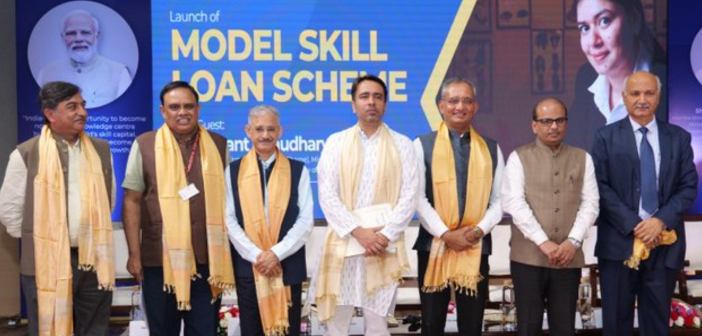


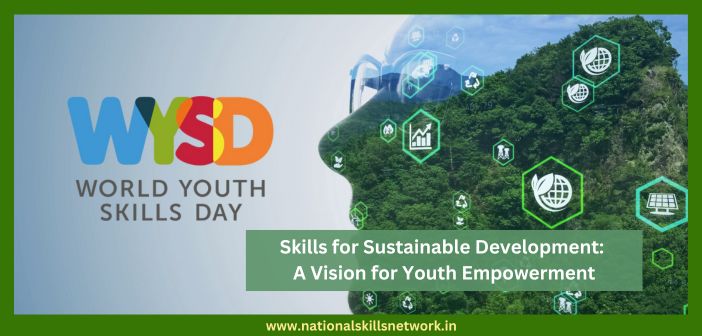
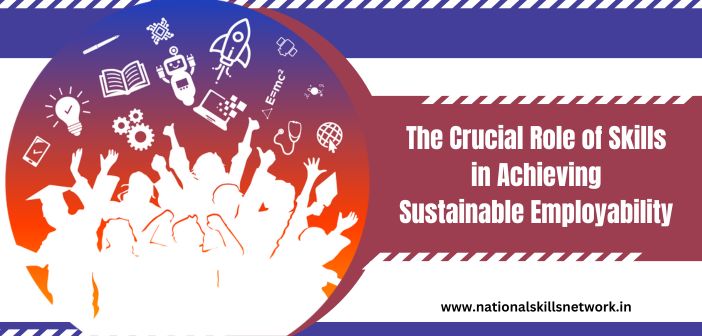
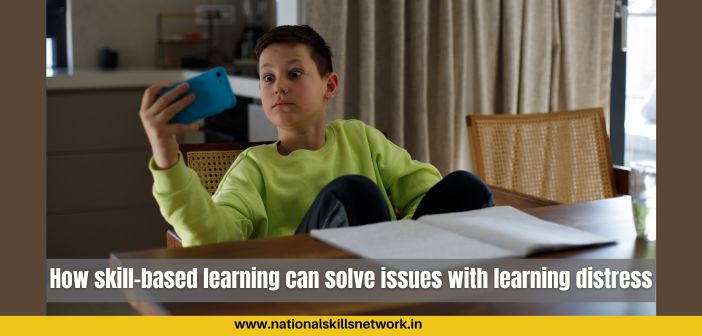
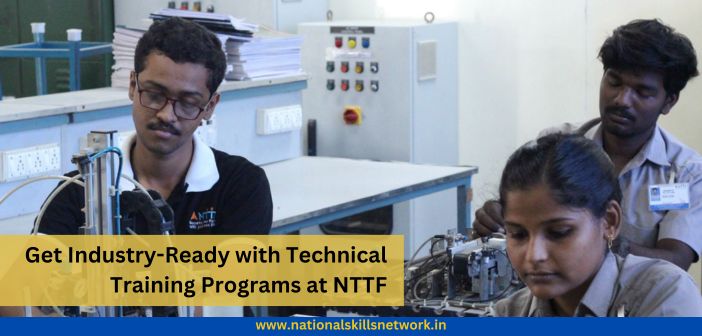

Good